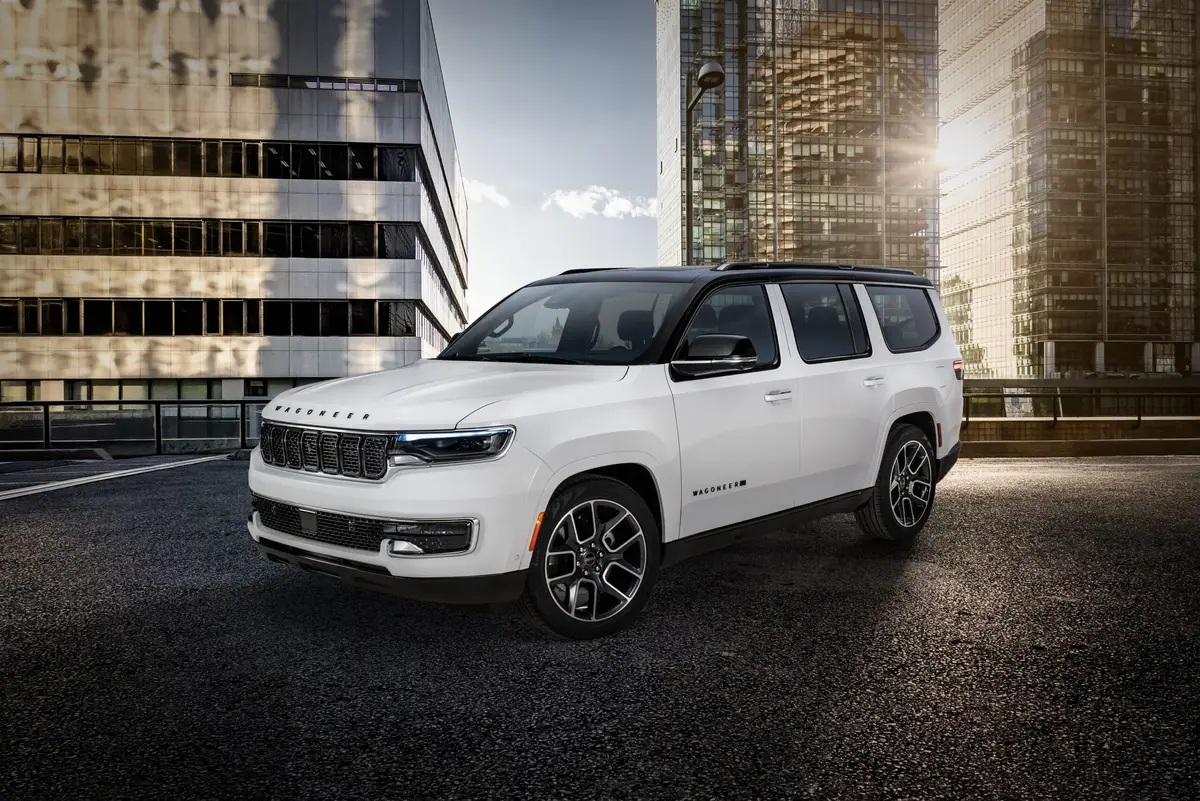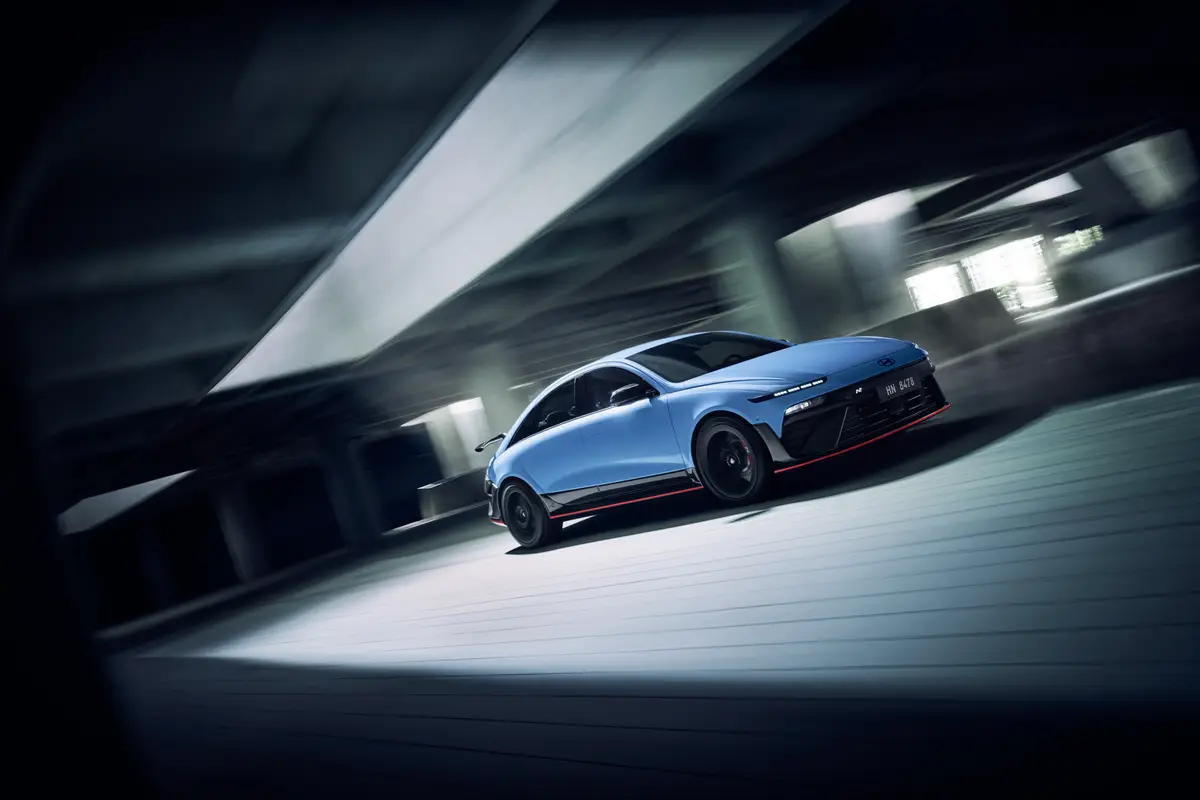washingtonpost.com's view
We liked the Lincoln. We loved the Buick. Our emotional intensity is affected by product competence. Put another way: The 2008 Buick Lucerne Super, reviewed here last week, trumps today’s subject car, the 2009 Lincoln MKS sedan.
Purists will regard ours as an ill-considered comparison. They will argue that it is better to compare Lincoln with Cadillac, Infiniti, Lexus, or a model from the Mercedes-Benz E-Class.
But that argument is wedded to aging notions of product history and positioning. Today’s Buick is no longer a plebeian ride, a middling coach for Middle America.
Buick is hip. It actually makes automobiles that attract the likes of Tiger Woods. Buick is becoming a design leader. The Lucerne Super proves that much. So does the Buick Enclave wagon.
Such assertions are hard for many to believe. But it’s too bad that the doubters include designers at Lincoln. Had they taken Buick more seriously, they would have designed a different MKS.
We are not saying the MKS is a bad car. Quite the contrary; overall, it is a nice piece of work. After all, what car company can’t produce a “nice” car for $40,000, the price range for the MKS and the Lucerne Super?
The difference is that Buick got the nuances right. The Lucerne Super is a work of elegant simplicity — gracefully flowing lines inside and out. Materials in the Lucerne Super are high-quality, consistent, pleasantly underwhelming.
Buick, for example, uses premium leather in the Lucerne Super, including a double-stitched dashboard covering. But it uses that leather in sparing amounts and simple arrangements, inviting attention without overwhelming the senses.
The Lincoln MKS also employs a very nice leather — Bridge of Weir. But it is tufted and puffed up and mated in an unflattering manner with vinyl that looks and feels like vinyl. There is an attempt in the MKS to go all out, to wow the senses more than please them. The result is a passenger cabin that is a combination of French provincial and “Star Wars” — interesting, but not quite fitting together.
Ria Manglapus, who assists in product evaluations for this column, said it this way: “Okay, I’m short. But the MKS felt big, kind of huge. The Lucerne Super is big. But it felt smaller, easier to drive.”
The problem is weight and power.
Buick Lucerne and Lincoln MKS models usually come with standard front-wheel drive and V-6 engines. But our Lucerne Super, weighing roughly 3,900 pounds, came with a 4.6-liter, 292-horsepower V-8. The MKS, weighing 4,127 pounds and equipped with optional all-wheel drive, came with a 3.7-liter, 270-horsepower V-6. More power moving less weight always feels better than less power moving more weight. Advantage thus goes to the Lucerne Super.
But even comparing apples to apples — front-wheel drive to front-wheel drive and V-6 to V-6 — the Lucerne comes out a winner over the MKS, although the Lincoln’s V-6 is considerably more powerful (270 hp for the Lincoln vs. 197 hp for the Lucerne V-6). Our admittedly subjective determinant here has to do with consistency of design, simplicity of execution.
The Buick Lucerne, as we said last week, is a big, well-crafted family sedan designed to haul kit and kin through civil society in safety and comfort. It retains an air of common sense and mission even in its most vaunted iteration, the tested Lucerne Super.
The Lincoln MKS, by comparison, gives the impression of trying too hard. It does almost everything well. But driving it is akin to being a guest at a dinner party where the hosts expect you to be more impressed with the venue than the company. You feel a tad put upon — a feeling that interferes with the pleasure of the moment.
Tapestry in a car benefits the overall enjoyment of the driving experience. But it is the driving experience that should remain paramount, not the tapestry.
Latest news



